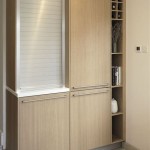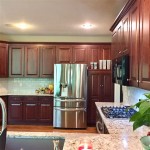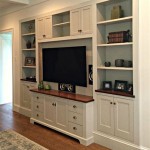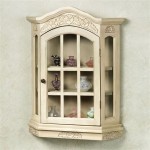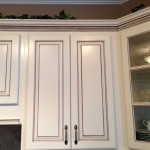How Do You Adjust Self Closing Cabinet Hinges?
Self-closing cabinet hinges offer convenience and a sleek, modern aesthetic. However, over time, these hinges can become misaligned, leading to doors that don't close smoothly or even slam shut. Fortunately, adjusting self-closing cabinet hinges is a relatively simple process that can be done with basic tools. This article will guide you through the steps to ensure your cabinet doors function properly and enhance the look of your kitchen or bathroom.
Understanding Self Closing Cabinet Hinges
Self-closing cabinet hinges are equipped with a built-in spring mechanism that automatically pulls the door shut. This mechanism is crucial for a smooth, quiet closing experience. The hinges typically have an adjustable screw, often referred to as the "closing force" screw, which controls the speed and force of the closing action. By adjusting this screw, you can fine-tune the closing behavior of the door.
Common Adjustments Needed for Self Closing Hinges
Self-closing cabinet hinges might require adjustments for various reasons. These reasons include:
- Door Sagging: Over time, the weight of the door can cause it to sag, leading to uneven gaps between the door and the cabinet frame. This can be corrected by adjusting the hinge's vertical position.
- Door Rubbing: If the door is rubbing against the cabinet frame, it might be because the hinge is misaligned horizontally. This can be rectified by adjusting the hinge's horizontal position.
- Closing Force: The closing force of the hinges might be too strong or too weak. This can result in the door slamming shut or struggling to close. It can be corrected by adjusting the closing force screw.
Identifying the specific adjustment needed based on the issue is the first step in achieving optimal performance. Carefully examine the door and hinge to determine the root cause of the problem.
Steps to Adjust Self Closing Cabinet Hinges
Adjusting self-closing cabinet hinges requires a few simple steps:
1. Gather the Necessary Tools:
Before you begin, gather the tools you will need. These typically include:
- A small Phillips head screwdriver
- A small flat head screwdriver (optional, for hinges with slot-head screws)
- A level (optional, for ensuring the door is level)
2. Identify the Adjustment Screws:
Locate the adjustment screws on the hinge. Most self-closing hinges have three main screws:
- Vertical Adjustment Screw: This screw controls the hinge's vertical position. It is usually located on the side of the hinge arm.
- Horizontal Adjustment Screw: This screw controls the hinge's horizontal position. It is usually located on the bottom of the hinge arm.
- Closing Force Screw: This screw controls the speed and force of the door's closure. It is typically located on the top of the hinge arm.
3. Adjust the Hinges:
Carefully adjust the screws one at a time, making small adjustments and testing the door after each change. Here's a detailed guide for each type of adjustment:
- Vertical Adjustment: To raise the door, turn the vertical adjustment screw clockwise. To lower the door, turn the screw counter-clockwise.
- Horizontal Adjustment: To move the door inward, turn the horizontal adjustment screw clockwise. To move the door outward, turn the screw counter-clockwise.
- Closing Force Adjustment: Turning the closing force screw clockwise increases the closing force, making the door close faster and more forcefully. Turning the screw counter-clockwise decreases the closing force, making the door close slower and more gently.
4. Test and Repeat:
After each adjustment, test the door's movement by opening and closing it several times. Monitor the door's alignment, closing speed, and whether it slams shut or struggles to close. Continue adjusting the screws until the door functions smoothly and efficiently.
5. Clean and Lubricate:
Once you've made the necessary adjustments, clean the hinges and surrounding area with a damp cloth. Apply a small amount of lubricant, such as WD-40, to the hinge arm to ensure smooth operation and prevent squeaking.
By following these steps, you can adjust self-closing cabinet hinges to achieve the desired performance. Remember to make small adjustments and test the door after each change. With patience and care, you can ensure your cabinets function seamlessly and enhance the overall appearance of your space.

Tec Soft Close Adjustment

Cabinet Hinges How To Adjust Doors

Soft Close Hinge Adjustment Overclockers Forums

Adjustable Soft Close Hinges

Kitchen Cabinet Hinge Adjustment A Step By Guide Tkdc

Kitchens How To Adjust These Soft Close Hinges On The Door Home Improvement Stack Exchange

How To Adjust Soft Close Hinges 7 Steps With Pictures Wikihow

How To Install Self Closing Cabinet Door Hinges Doityourself Com

How To Adjust 3 Hinges Align Cabinet Doors

How To Adjust Self Closing Cabinet Hinges 4 Steps With Picture
Related Posts


